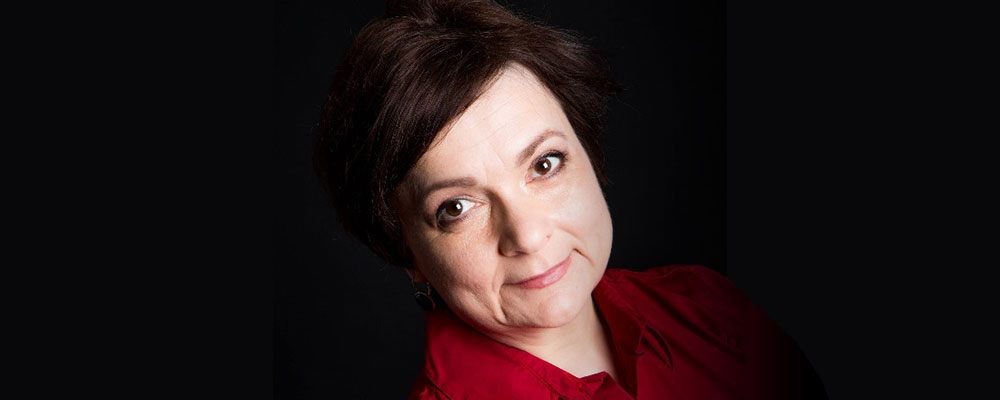Thoughts on Gender and Diversity
A few years ago, at a large international HR Conference, I attended a workshop with a thought provoking title: How to fail at Diversity and Inclusion?
Finally, I said to myself, we are looking at the elephant in the room. After many years of analyzing the gender gap, setting gender quotas, redefining equality and responsible employment, we are still struggling and if we continue in the same rhythm, the gender gap will be closed within a hundred years or so… but this is not good enough for me, not good enough for my kids, not good enough for anyone.
The main point of the speaker, who attracted a large audience, curious for once to hear something different from the usual boring success stories, was that we fail because we always focus on diversity and very seldom on inclusion. Hmm, I mumbled to myself, in many companies I know, these two concepts go together, and executives and their HR professionals want to be inclusive.
If we still fail to do so, it is because inclusion is based on a fundamental change in how we relate to one another, and this change is profound; it does not happen overnight and definitely not while fighting the pressures of very demanding jobs and expectations. We fail because we expect short-term results instead focusing on long-term change. We fail because we measure diversity with statistics such as the number of females in leadership roles, female promotion and female regretted attrition, which are more specific and easier to get than measuring inclusion.
In addition, if targeting inclusion is the solution, it will help us get over the discomfort a lot of women feel with gender diversity. As a professional woman, I would never want to get ahead because I am a woman, but because I am the best at what I do. Gender equality is only legitimate at equal capabilities and performance. However, in many cases, leadership has had to push it through with quotas and other intentional measures, just to start provoking change.
There are countries such as Iceland, where the government has recently put in place an Equal Pay standard of compliance. All companies with over 200 employees have two years to comply with the standard. Each employer needs to be able to demonstrate there is no gender pay gap as a recognition of gender balance. Moreover, this happened in a country where women marched together out of their offices one early afternoon, closing the workday 3 hours earlier, in proportion to the current pay gap, proving women were actively fighting for their rights.
I worked on a market research study on the gender gap in Iceland and I interviewed a number of business and union leaders on the topic. I was amazed to find out a common reason why they were endorsing the introduction of the standard, despite their divergent political views: if we do not keep it on the radar, they told me, it slips back and the gap widens. It widens because women tend not to ask for a raise while most of the men do, it widens because women tend not to negotiate when offered a role while most of the men do, and it happens because, still, most women have a longer career gap for family reasons while most of the men do not. All these reasons point to factors that cannot be fixed with short-term measures.
One of the areas where is it particularly difficult to achieve gender balance is leadership.
We still talk about the glass ceiling and we still have fewer women in leadership roles than men. As an HR professional I encountered many best practices in my career and many of them I would like to mention here. The organization focused on the long term and understood that structural change will only come in time. Therefore, they chose recruitment as a starting point. For any senior recruitment, the HR department ensured there was a diverse short list. We asked the managers to recruit the best person for the job, never because they were a woman and the choice would improve their diversity statistics. Slowly but surely, hiring managers were more and more exposed to the surprise and joy of interviewing someone with different views and opinions to their own. One-step further was to present women profiles to senior managers, not for a particular role, but to help them get an idea of what is out there on the market, just like sampling or market research. They would talk about the business, about the future and about people. More often than not, openings appeared, and these women were called upon and hired.
Gender balance is a long-term journey and not a quick fix.
We are closer to it now than we were in the past and we perceive it as a reality we need to respond to, associated with values of tolerance and appreciation of the human value of the other, whatever different angle of reality she/he might offer.
As individuals, we could not grow and fulfil ourselves in the absence of diversity and inclusion. There is so much more strength in our differences than in our similarities!



